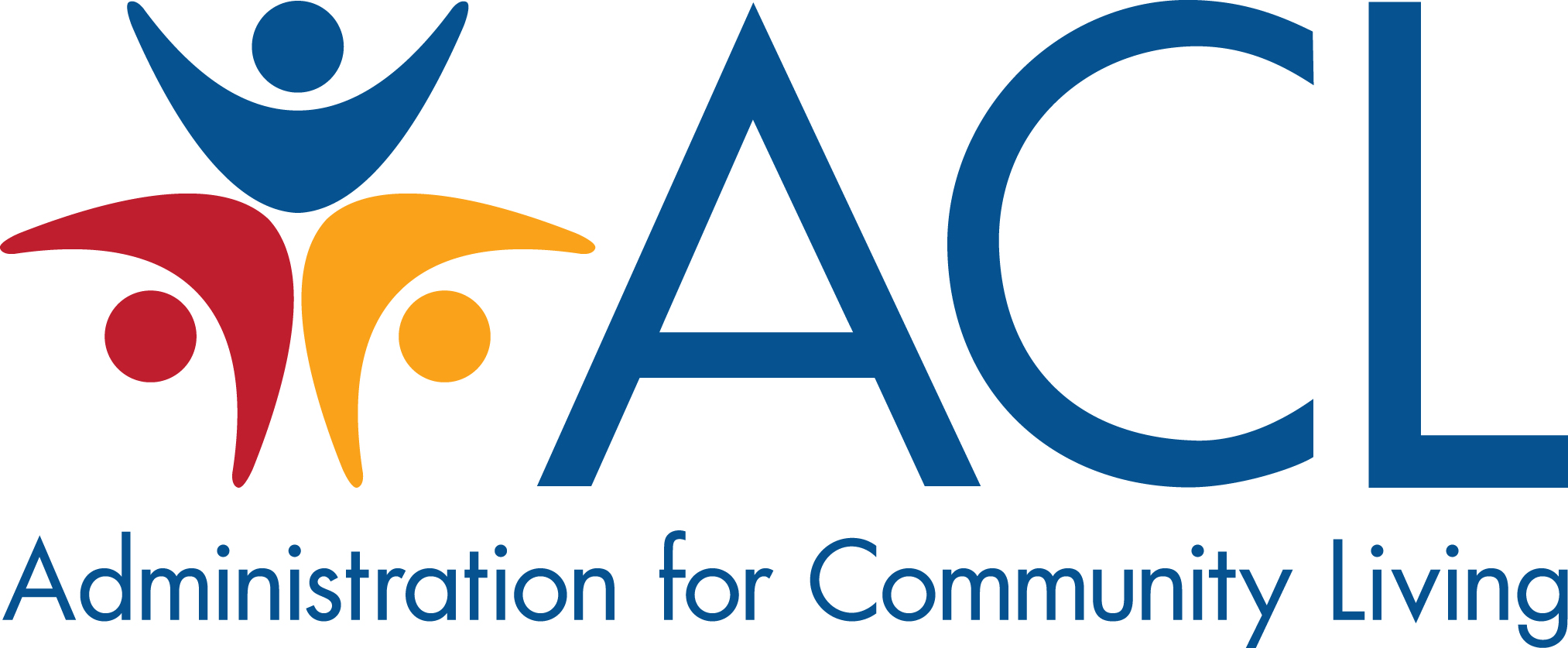Title
Rehabilitation Research and Training Center (RRTC) on Employment Policy
Funding Opportunity Number
HHS-2025-ACL-NIDILRR-RTEM-0125
Opportunity ID
357874
Expected Number of Awards Synopsis
1
Estimated Award Date
Original Closing Date for Applications

